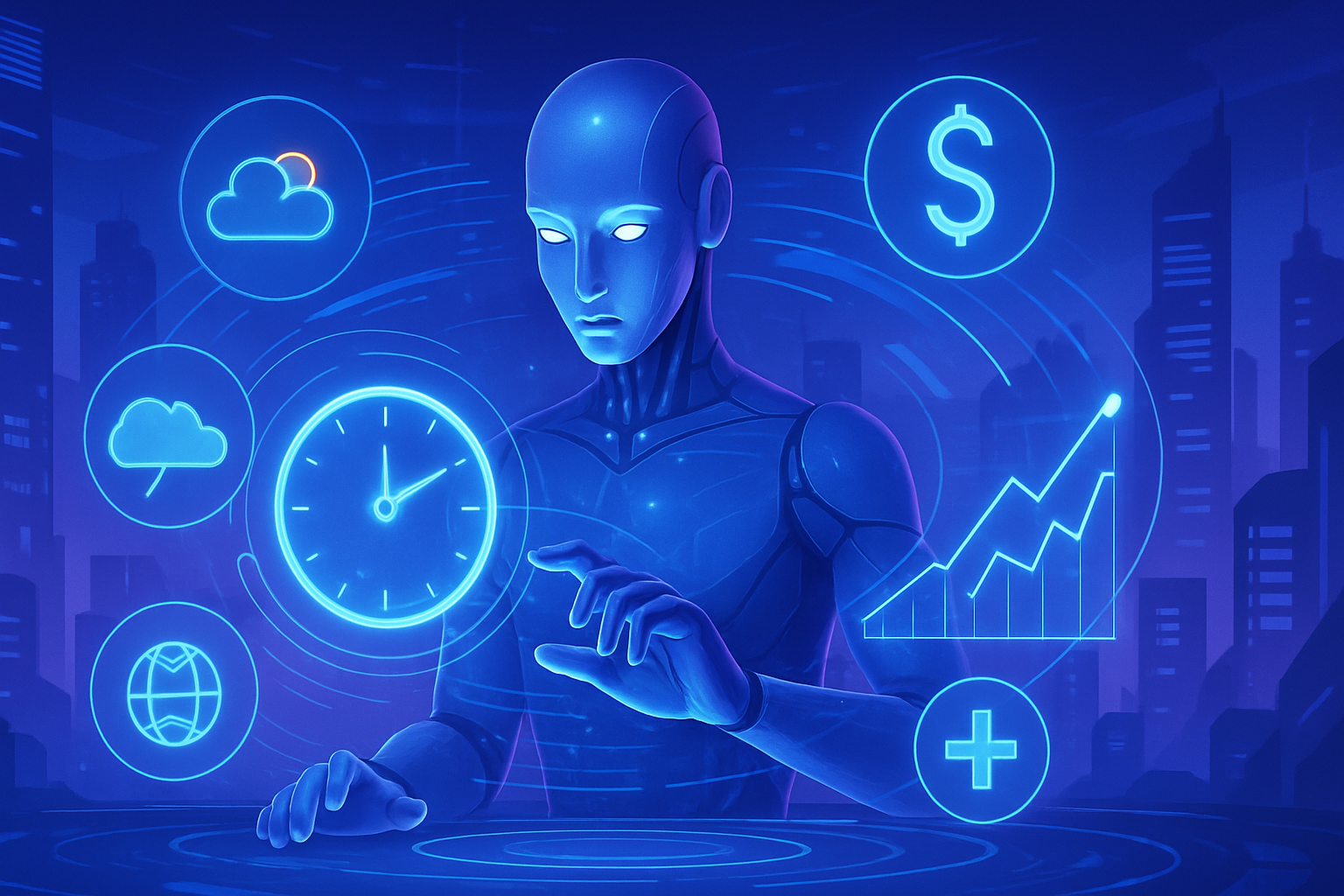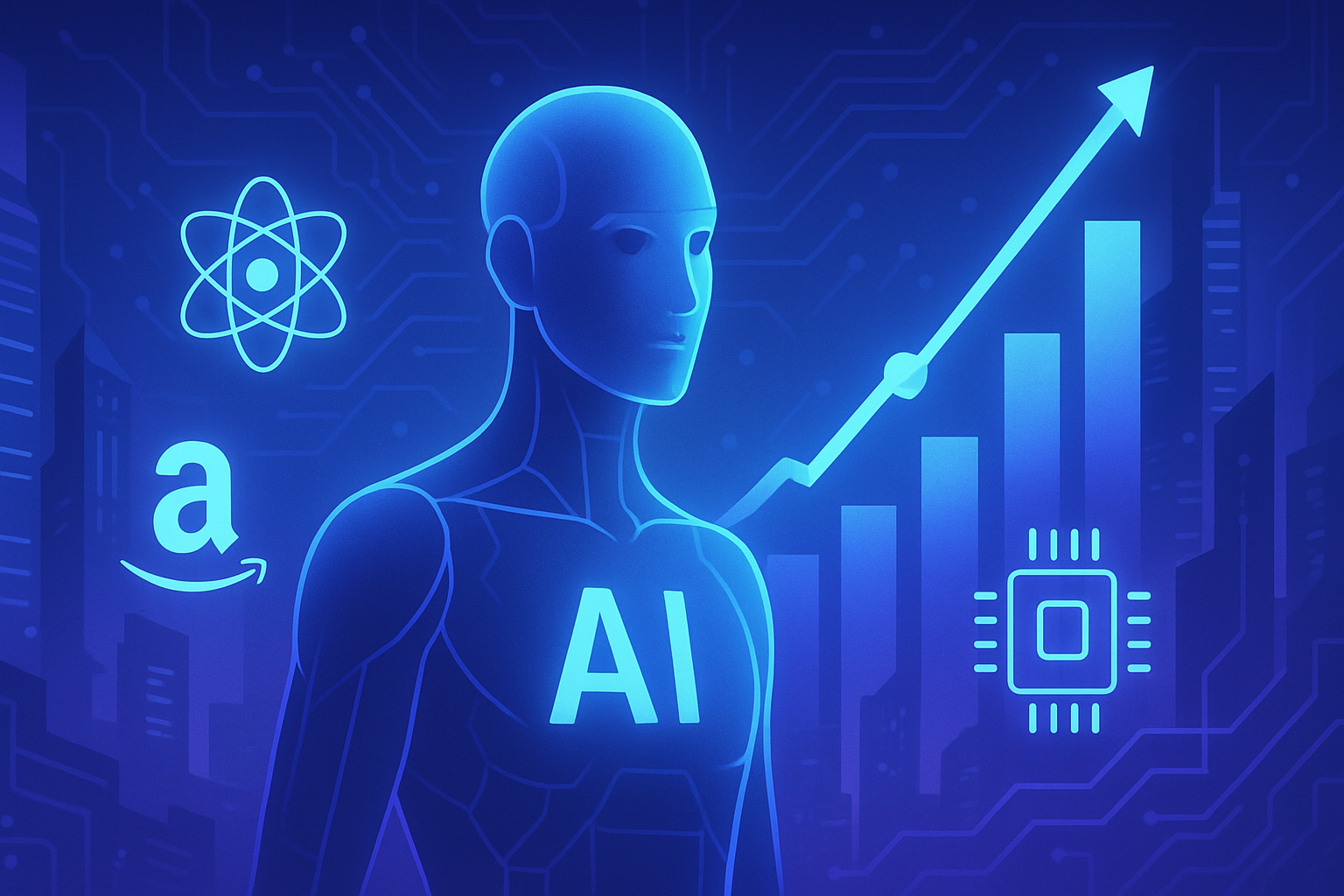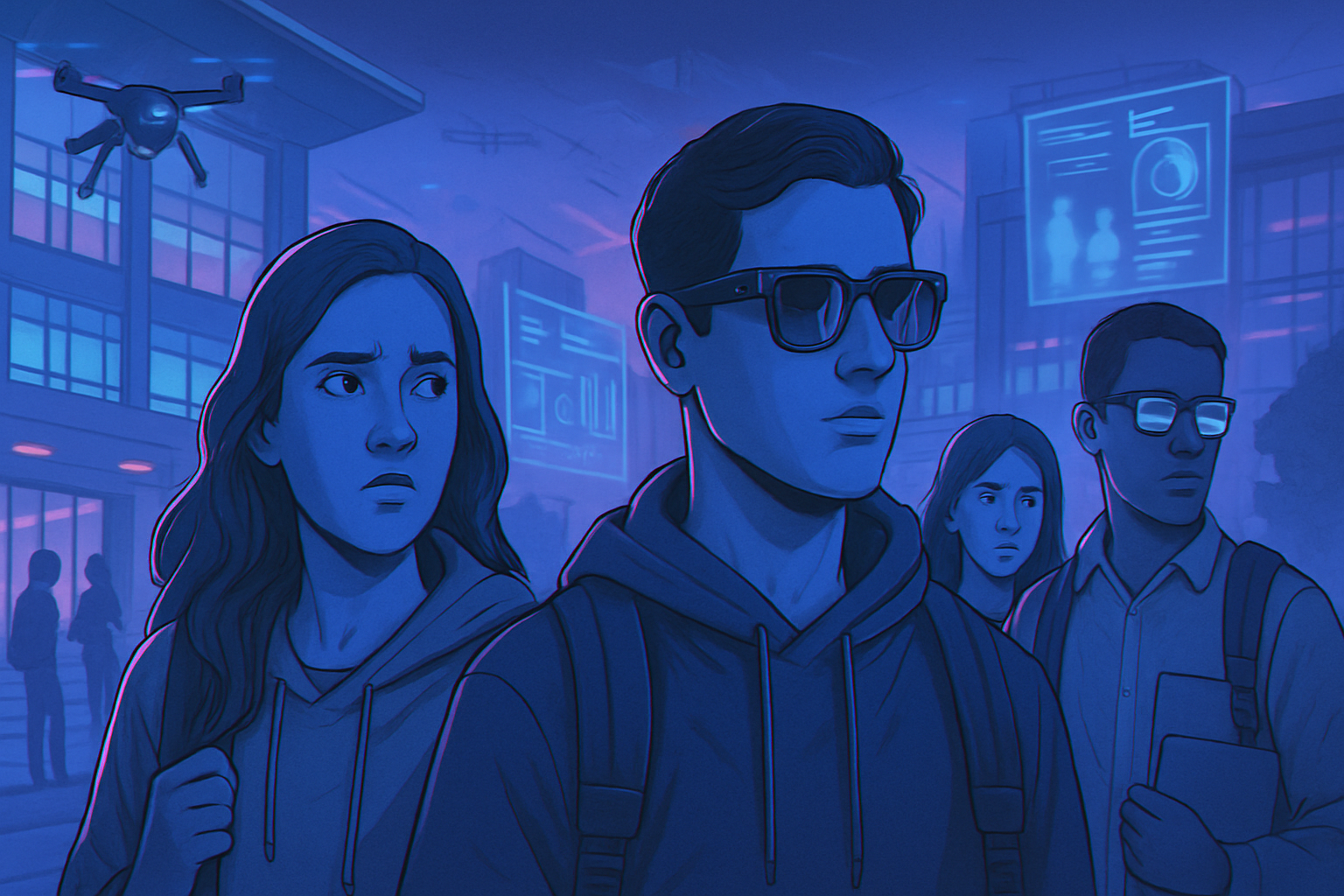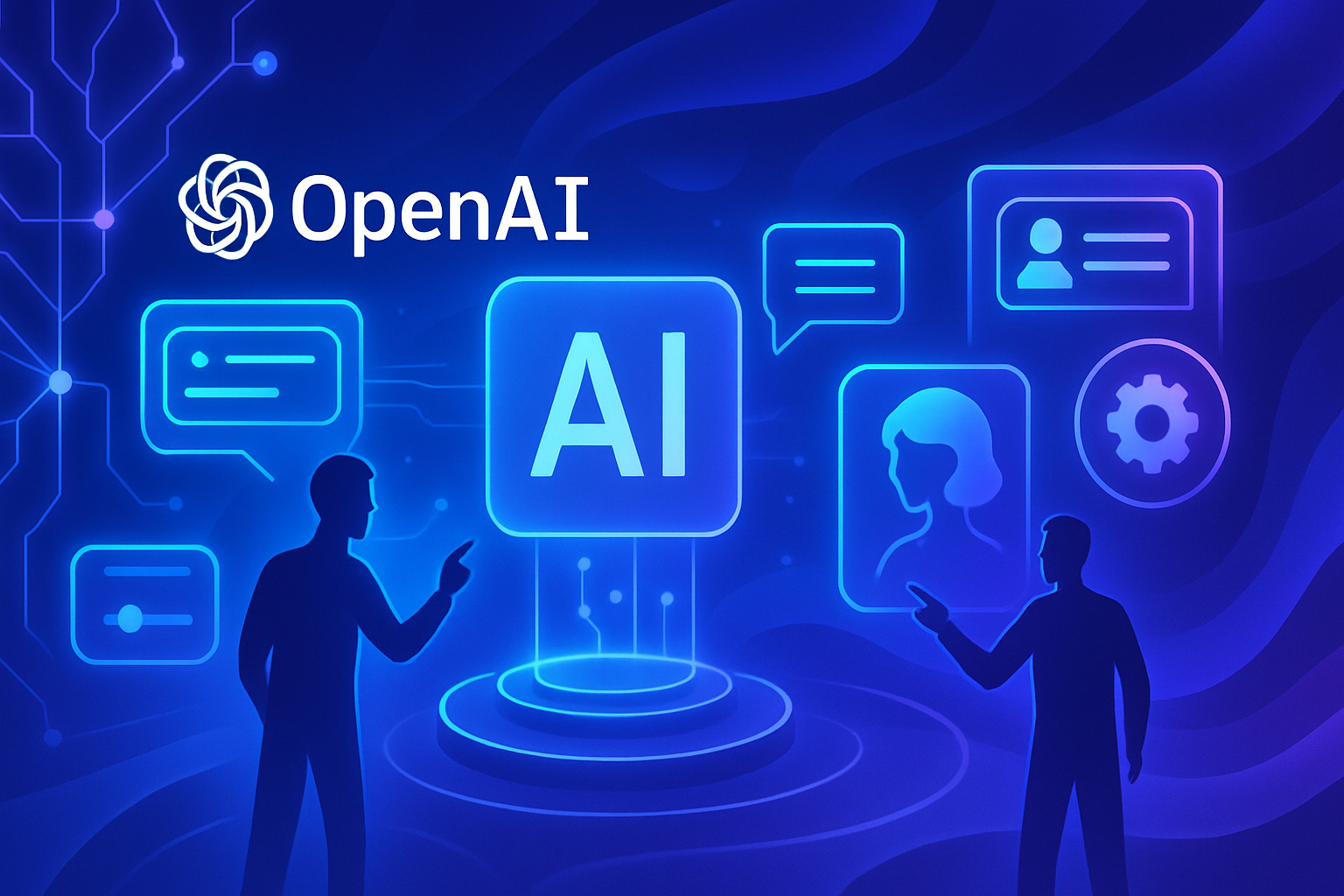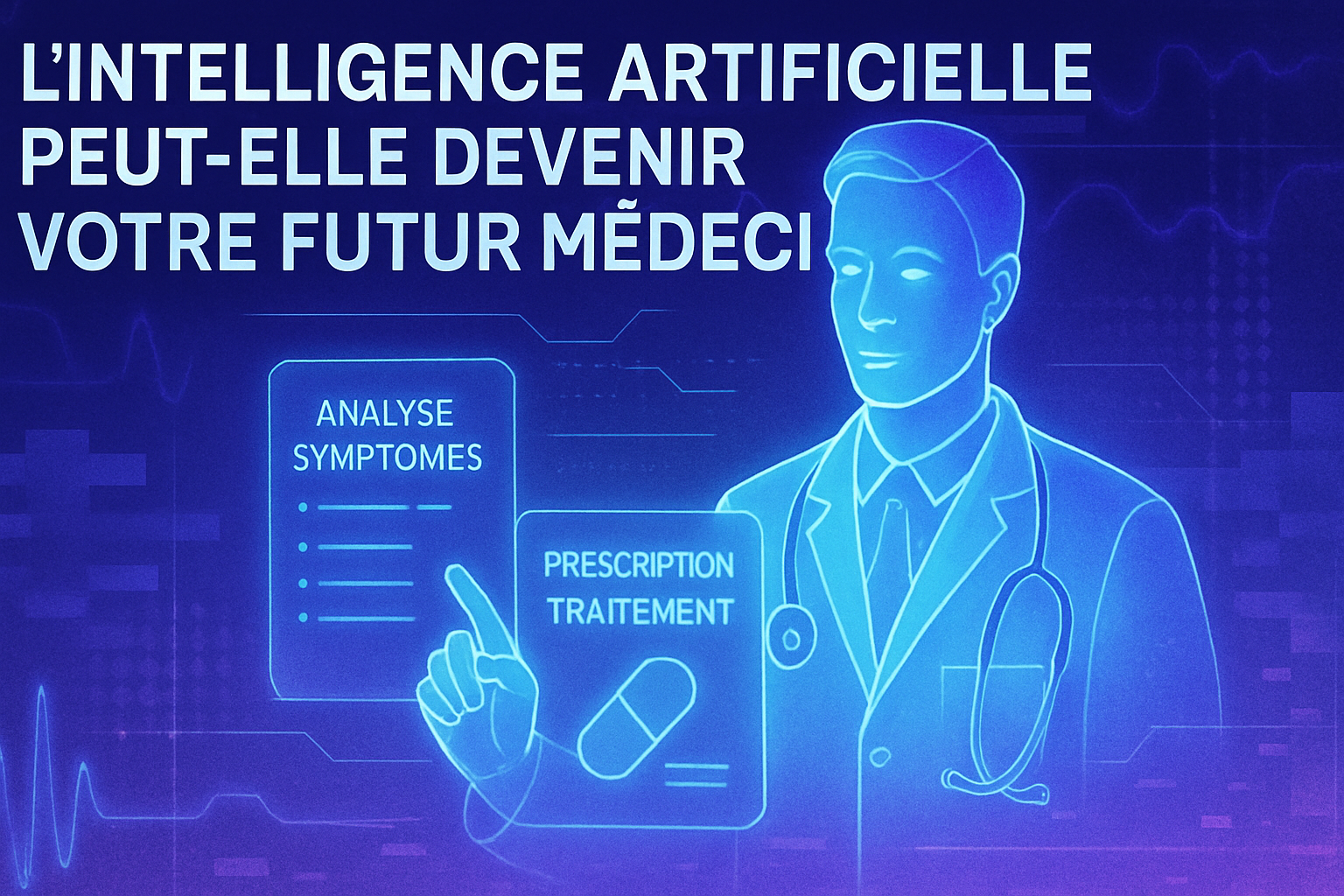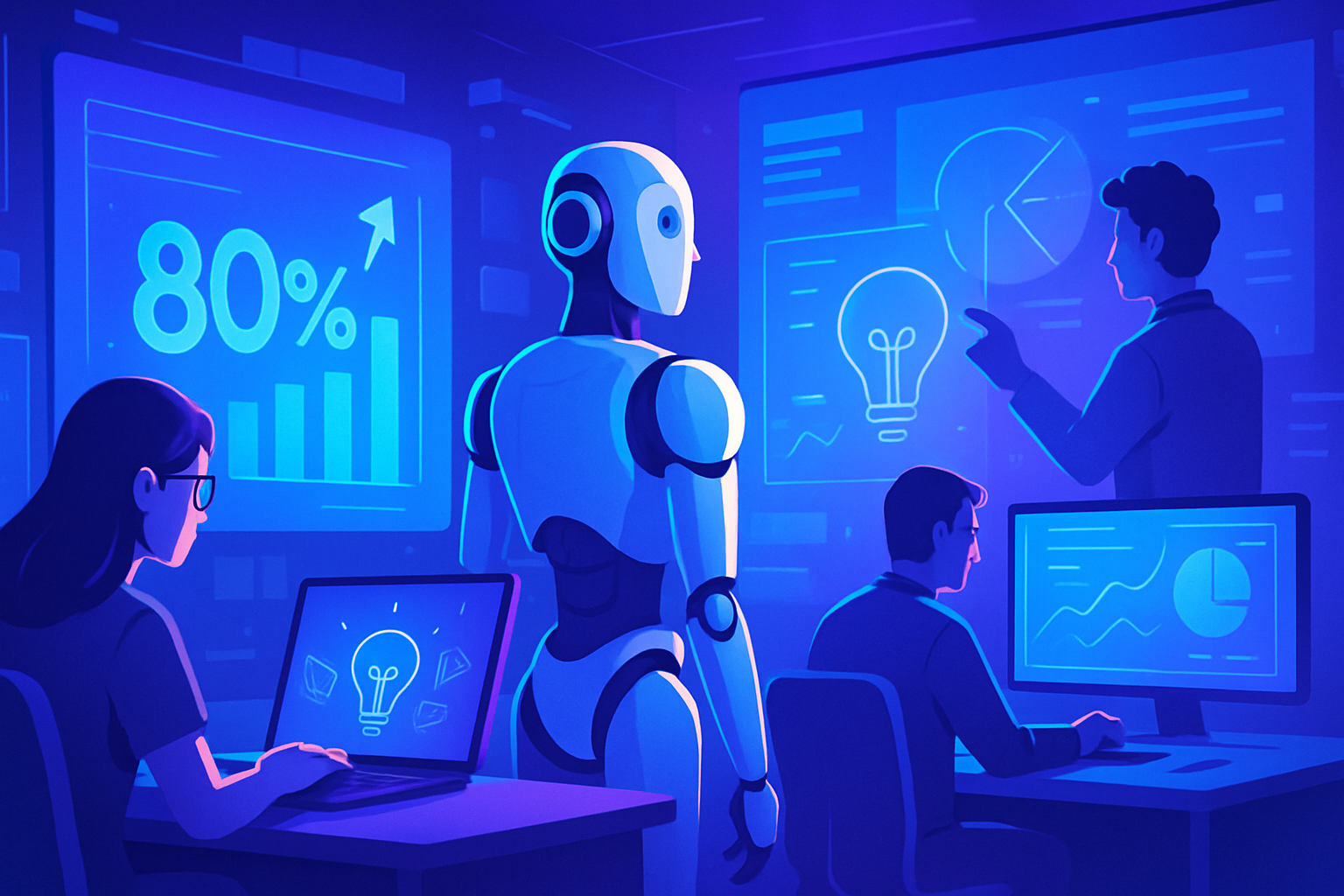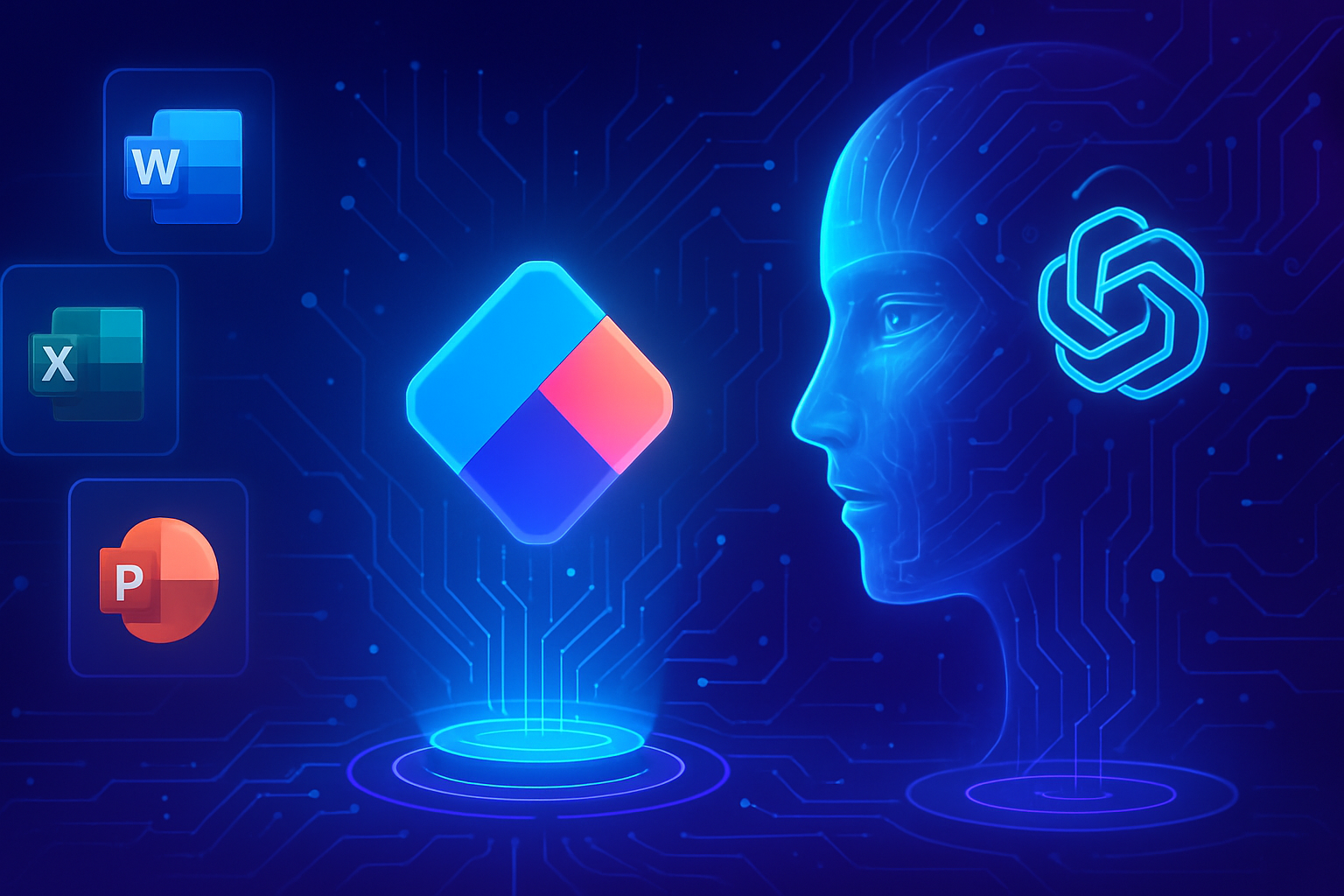Technological innovation has reached a threshold where AI models transcend the past, influencing the way forecasting is conceived across a multitude of disciplines. Manipulating time to enhance predictions redefines the dynamics of artificial intelligence by leveraging synchronous and asynchronous data to anticipate events with unprecedented accuracy. This landmark advancement offers new perspectives for a range of applications, from healthcare to finance, thus propelling research towards new horizons. The interaction between temporalities and linear apprehensions reveals constantly evolving learning strategies, as the dynamic understanding of the world asserts itself as a central element for decision-making.
Innovations in Time Series Forecasting
Engineers at the University of California, Santa Cruz have developed an innovative artificial intelligence model called *future-guided learning*, which improves time series forecasting by using data from the near future. This model has shown promising results in critical applications such as predicting epileptic seizures from analyses of brain waves. A recently published study in Nature Communications highlights the effectiveness of this approach.
How the Model Works
Two deep learning models collaborate within this system. The first, referred to as *teacher*, focuses on recent data, while the second, considered as *student*, analyzes information from the past. This knowledge transfer mechanism allows the *student* model to predict future events with greater accuracy by leveraging the cues provided by the *teacher* model.
In the context of crisis detection, the *teacher* model scans the EEG data stream in real time to identify an ongoing seizure. Meanwhile, the *student* model, which evaluates past data, attempts to predict if a seizure will occur within the next thirty minutes. This interaction creates a continuous learning loop, enhancing the capabilities of the *student* model.
Applications in Personalized Medicine
This technique represents a major advancement for personalized medicine. It fosters collaboration between models to make predictions based on each patient’s unique brain wave patterns, avoiding the exorbitant costs of constant medical feedback. The integration of deep learning with wearable EEG monitoring devices could entirely transform care in the neurological field.
Imagine a patient wearing a smartwatch capable of analyzing their EEG signal in real time. This watch could query both models to determine if there is an immediate crisis and whether a crisis is anticipated in the near future. Thus, the model could learn and improve from the abundance of data collected over time.
Improving Crisis Predictions
Researchers have evaluated their method using various EEG datasets from epileptic patients. A dataset from Boston Children’s Hospital revealed a 44.8% improvement in predictive performance compared to traditional methods. This level of efficiency was achieved through collaborative learning of the models on the specific data of the same patient.
With a second dataset, provided by the American Epilepsy Society, the *teacher* model was trained on generalized data. Even with this broader data, which reflects the complexity of real-world scenarios, the measured improvement was 8.9% compared to baseline models.
Brain-Inspired Intelligence
Research on deep learning draws inspiration from the extraordinary abilities of the human brain to process large volumes of information while expending little energy. This innovative approach could reduce the energy costs associated with AI models, which are often heavy and resource-consuming. Researchers are looking to tap into brain mechanisms to refine time series forecasting techniques in artificial intelligence.
The brain operates through constant predictions, adjusting its perception based on encountered surprises. The idea is that the detection and reaction mode continuously modifies to minimize errors. Such an active learning method proves promising for understanding brain function across different time horizons.
References and Additional Information
To further deepen your understanding of the advancements in the field of AI and time series forecasting, explore relevant studies and recent articles about innovations like this landmark research. Several initiatives encompass similar developments and applications in other sectors, such as AI strategies in chess games or issues related to identity in research institutions. These examples testify to the versatility of AI technologies, be it complex games or societal reflections on AI, such as those addressed in the Alan Turing Institute.
For more information on the technology market, Nvidia’s CEO recently discussed crucial engineering and ethical questions regarding AI chips. Meanwhile, collaborations are emerging around cybersecurity strategies, such as those mentioned by VCIG at the ASEAN summit. Finally, recent studies reveal the perception of AI by the British public, questioning its economic role as highlighted by a think tank led by Tony Blair.
Frequently Asked Questions about AI and Temporal Forecasting
What is an AI model capable of manipulating time?
An AI model capable of manipulating time uses advanced deep learning techniques to analyze time series, allowing predictions to be made by integrating temporal data.
How can AI improve predictions in various fields?
Through its innovative approach, AI can process and interpret complex data across different time scales, increasing the accuracy of predictions in fields such as healthcare, finance, and energy.
What is future-guided learning in this context?
Future-guided learning utilizes two deep learning models – a “teacher” model that predicts in the near future and a “student” model that learns to make predictions from this future perspective, thereby improving prediction accuracy.
What advantages does AI offer for predicting epilepsy crises?
By integrating EEG data and using AI models, the method can increase the accuracy of epilepsy crisis predictions by up to 44.8%, potentially offering better support to epileptic patients.
Can we use wearable technologies with these AI models?
Yes, using wearable technologies like smartwatches to track brain activity would allow the application of these AI models for personalized and real-time predictions.
How does AI learn from prediction errors?
The teacher model conveys information about correct or incorrect predictions to the student model, enabling the latter to continuously improve its ability to anticipate future events.
Does this approach work with varied datasets?
Yes, researchers have observed significant improvements in their predictions using various real datasets, demonstrating the effectiveness of the method in different contexts.
What challenges exist in using this technology?
Challenges include managing the resources needed to train AI models, as well as integrating quality data to ensure accurate and reliable predictions.
What is the importance of inspiration drawn from the human brain in this field?
Inspiration from how the human brain operates allows for improvements in AI algorithms, enabling them to process information more efficiently and quickly adapt their predictions, just as the brain adjusts to new information.
